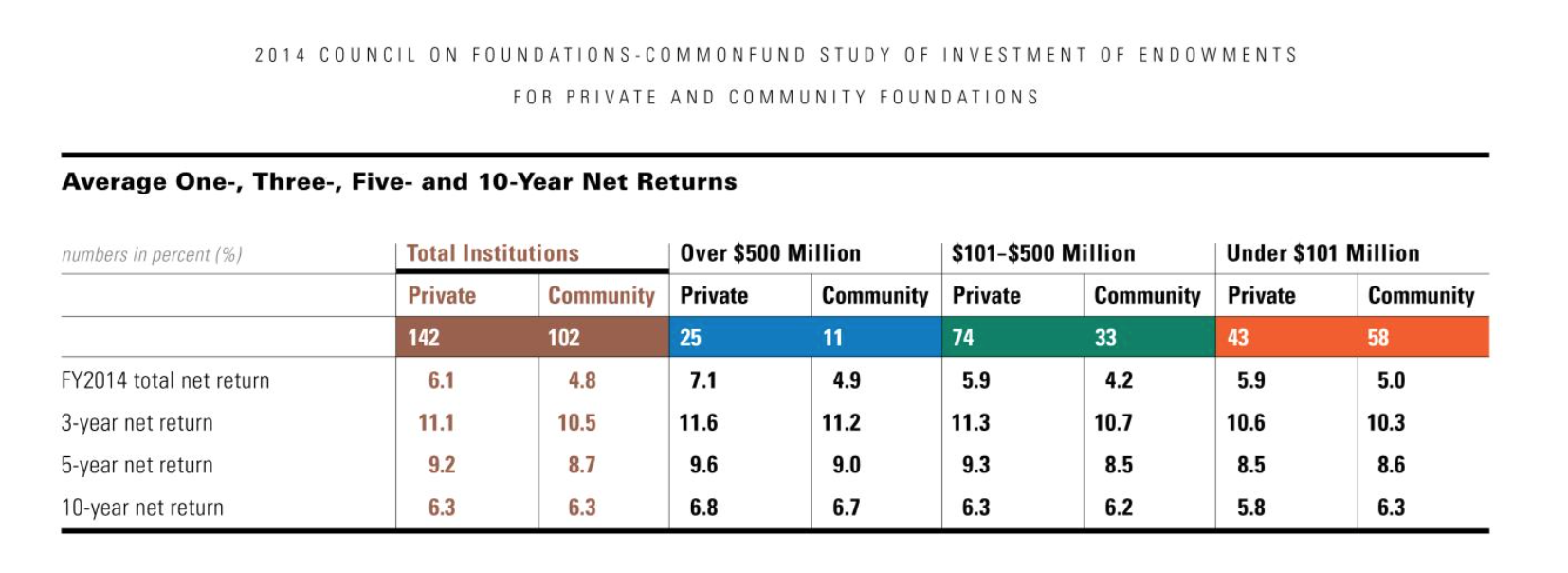Northern Trust has hired a consulting veteran and a behavioral finance expert to bolster its growing defined contribution (DC) business.
Sabrina Bailey, who most recently led Mercer’s DC group, was appointed to a newly created position of global head of defined contribution.
Northern Trust also named Gaobo Pang, a former economist with Towers Watson and the World Bank, as senior behavioral finance specialist. He began his post in April, based in the Chicago office.
Stephen Potter, Northern Trust Asset Management’s president, said the new hires will be instrumental in continuing the firm’s move into the US retirement sector.
The Chicago-based firm had $120 billion in DC assets under management as of June 30, including $7.5 billion in target-date vehicles.
“Bailey will be a strong, experienced voice at the helm of our global DC business,” Potter said, adding Pang will deliver “expertise that will enhance our understanding of investor behavior and translate that knowledge into innovative solutions for DC plan sponsors.”
During her two-year tenure at Mercer, Bailey headed up “deployment of innovative solutions and intellectual capital,” while advising the firm’s largest retirement plan clients, Northern Trust said. The new DC chief also led internal strategy, research, and client service committees.
Prior to Mercer, Bailey held senior consulting roles at Towers Watson and RogersCasey. She holds a bachelor’s degree and an MBA from George Fox University in Oregon.
Pang joined Northern Trust from Towers Watson, where for eight years he supervised research in corporate finance, portfolio optimization and management—particularly in retirement income solutions and target-date funds—and macroeconomic analysis, according to his LinkedIn profile.
He spent three years at the World Bank as an economist prior to his consulting position, focusing on macroeconomic policies, public debt sustainability, debt relief, foreign direct investments, and economic growth.
Pang holds a PhD in economics from the University of Maryland College Park and a master’s degree in finance from Tsinghua University in China.
Related: NISA Aims for DC Retirement Income Market with Major Hire

